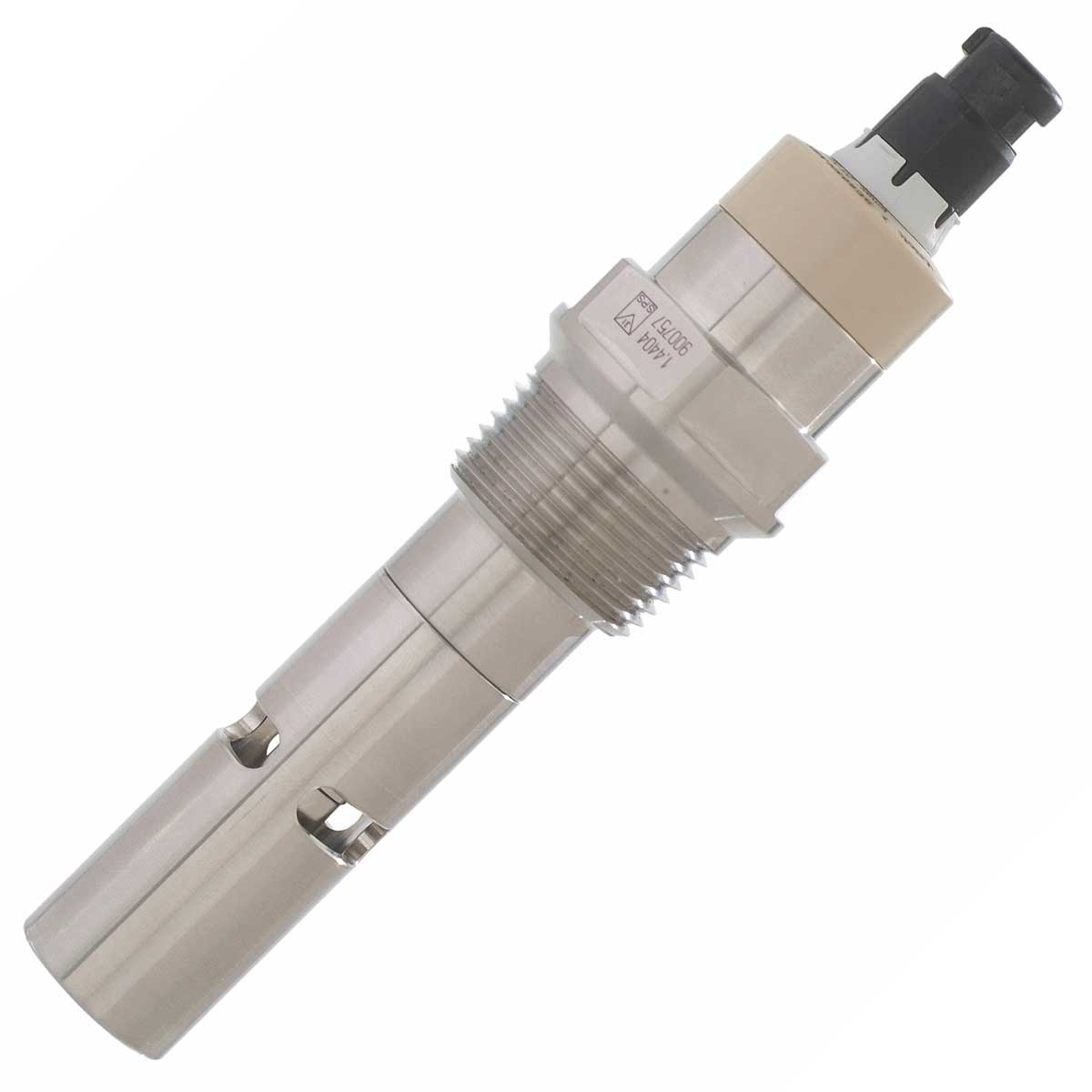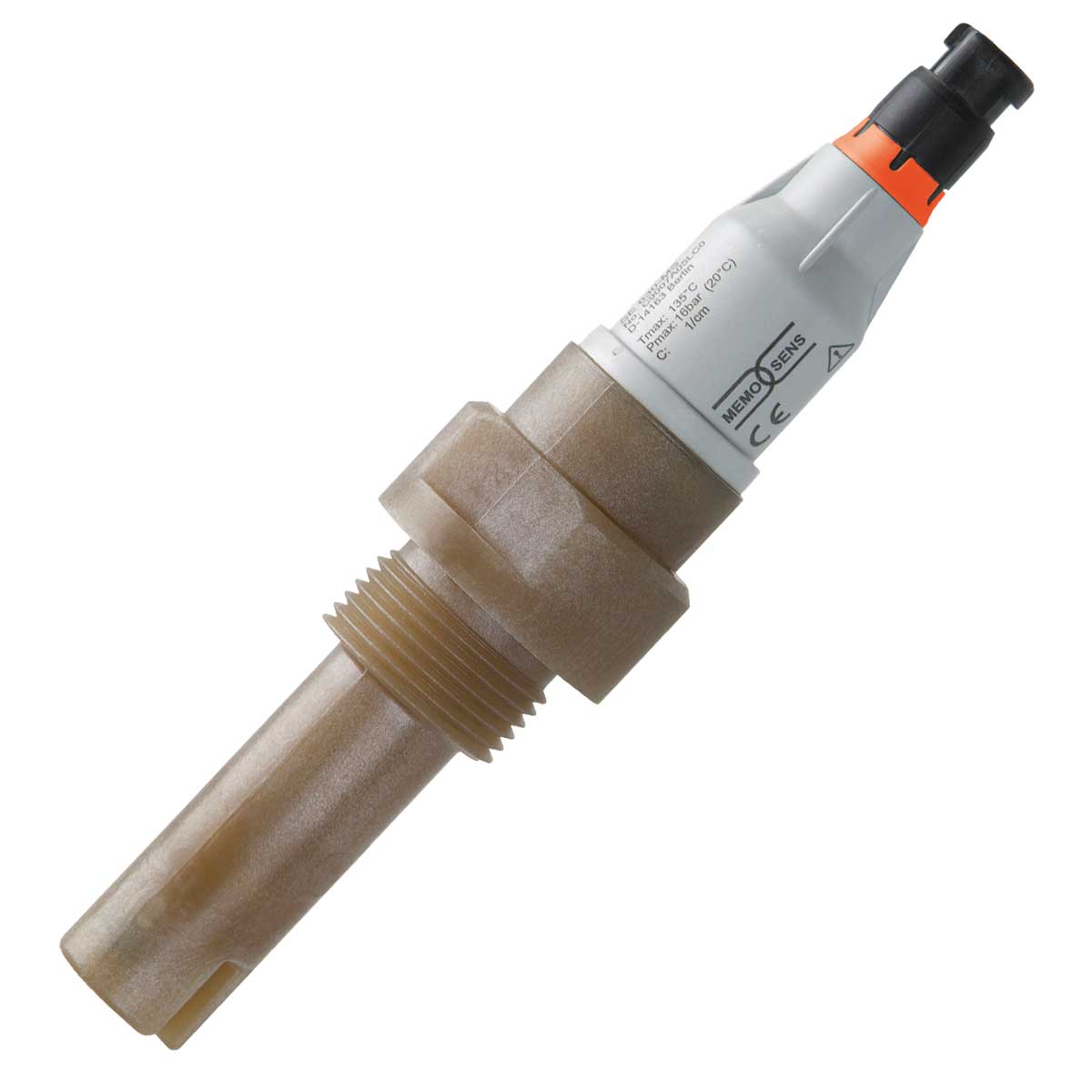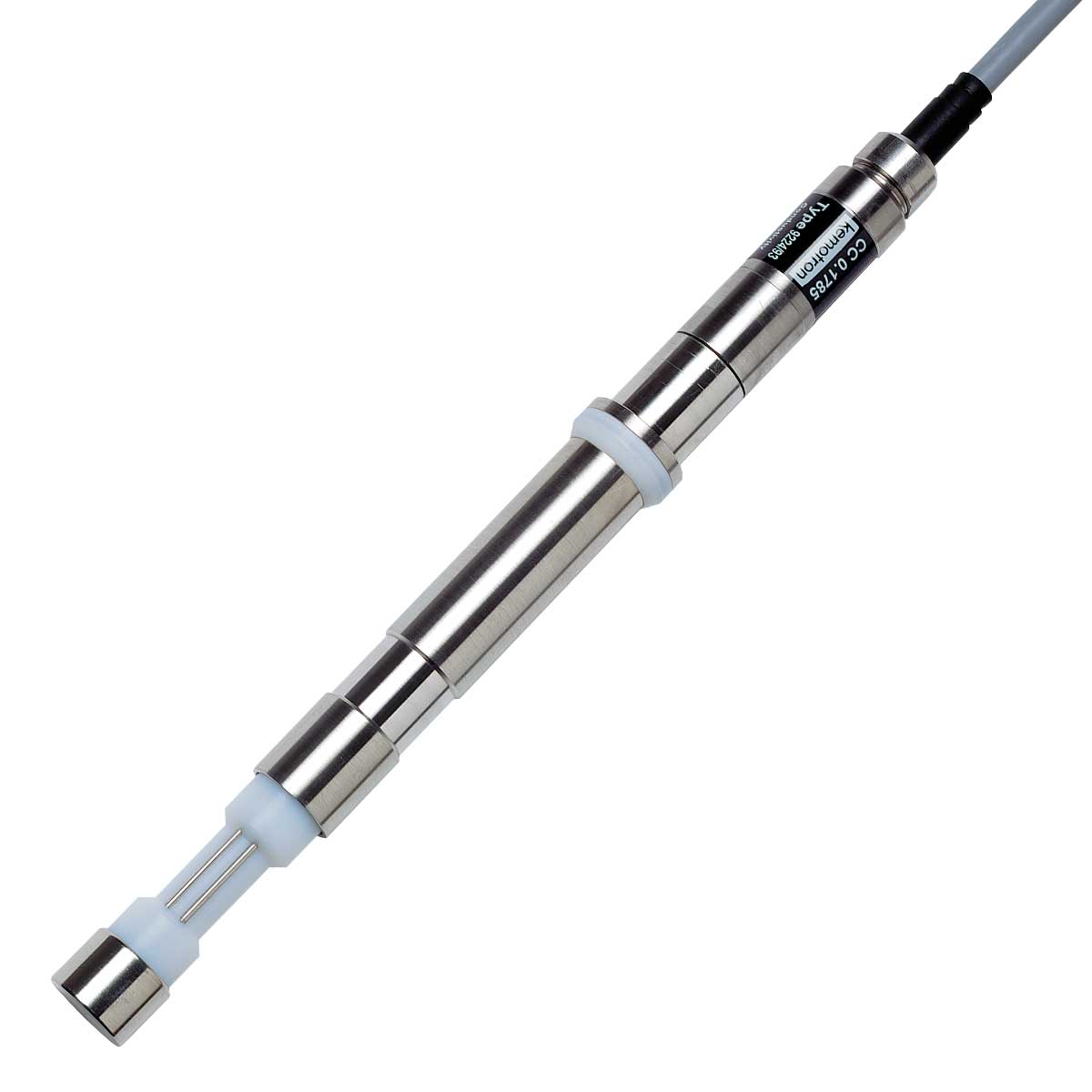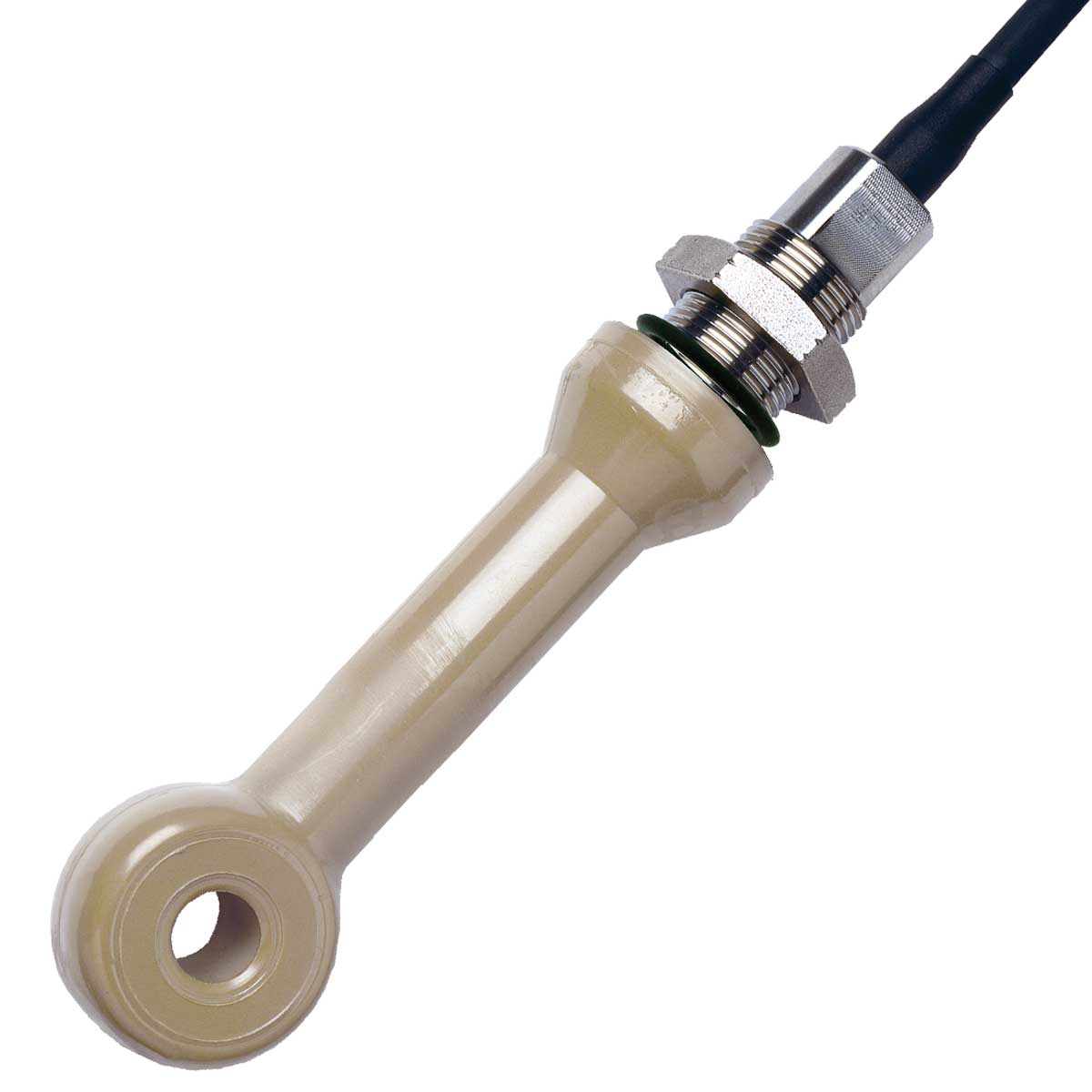A Guide to Choosing the Right Conductivity Sensor
Unlike most other inline liquid analyzers, conductivity sensors can vary dramatically in shape, size, and material of construction depending on the application. Therefore, it is important to understand how you plan to use the sensor so that you can pick the right conductivity sensor.
Before we get into sensor selection, it is important that we understand why most conductivity sensors and analyzers are used. Aqueous solution conductivity measurements determine how well the liquid conducts an electrical current. This type of measurement assesses the concentration of ions in the solution. The more ions that are in the solution, the higher the conductivity.
Typical conductivity applications include:
High purity or ultra-pure water
|
Utilities
|
Concentration measurements
|
In order to choose the right sensor for your application, you must first consider the required measurement range.
- High purity or ultra-pure applications: Typically 0…1000 µS/cm
- Water (cooling, waste, plant): Typically 0…50 mS/cm
- Concentration,highly-polluted waste, CIP: Typically 0…2000 mS/cm
In general, you can use the following recommendations as a starting point:
Similarly, it is important not to forget that you must consider the following:
- Temperature
- Pressure
- Installation requirements
Now you are ready to narrow down the list of conductivity sensor options for your application. As always, you can turn to your trusted vendors for advice and support.




